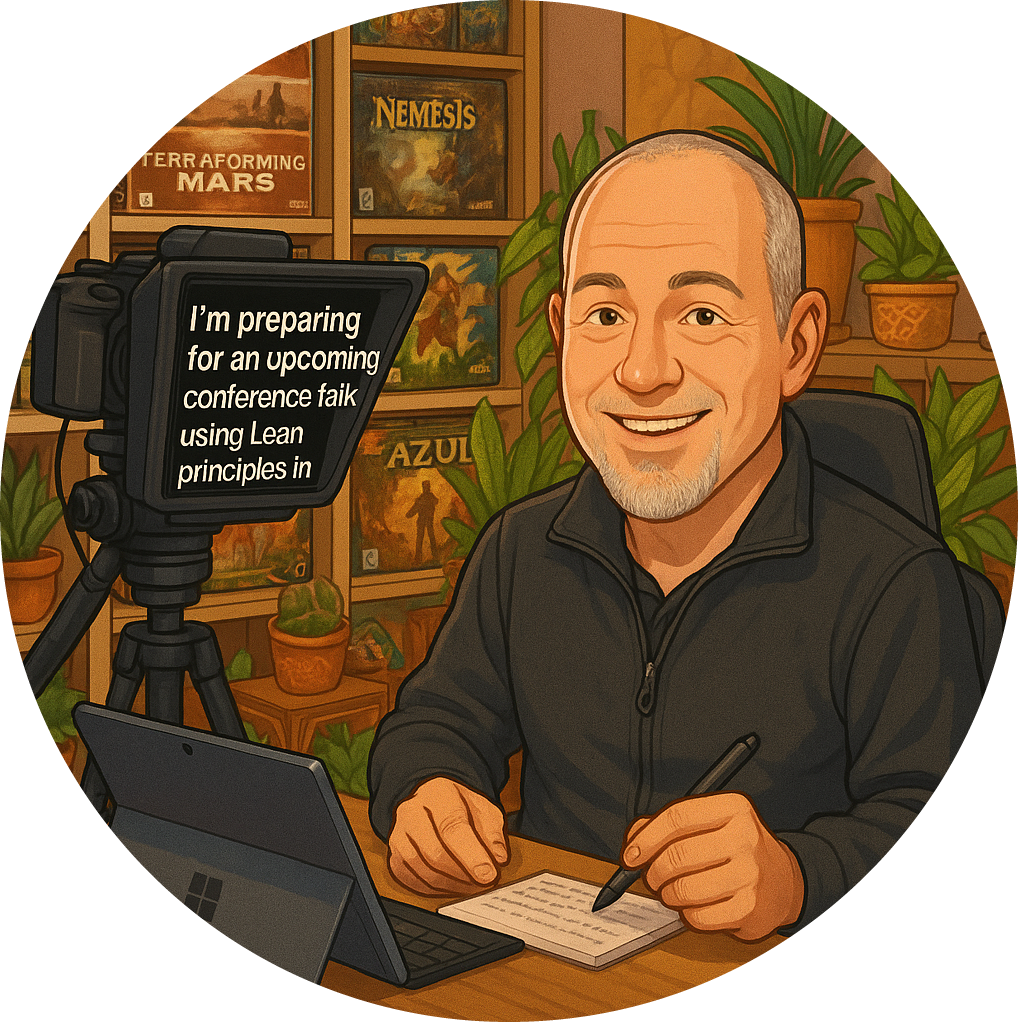Think legacy systems can’t be automated? Think again. I’ve encountered this misconception time and again in my journey through the tech landscape. Many organisations assume that because a system is old, it’s untouchable; that automation is only for modern, cloud-native systems. This couldn’t be further from the truth. In fact, I’ve found that the most significant efficiency gains often come from tackling those outdated, cumbersome processes that everyone else has written off.
The Real Challenge: Mindset Over Technology
The crux of the issue isn’t whether legacy systems can be automated; it’s whether organisations have the will and the know-how to do it properly. I’ve seen firsthand that the challenge often lies not in the technology itself, but in the way people think about their work. There’s a pervasive assumption that if something has always been done manually, it must stay that way. This is a mindset problem, not a technical one.
- Shift Your Perspective: Embrace the idea that just because something is traditional doesn’t mean it’s effective.
- Encourage Innovation: Foster a culture where questioning the status quo is welcomed.
The Power of DevOps and Automation
DevOps and automation tools are not merely about speed; they’re about creating consistency, eliminating bottlenecks, and freeing up teams to focus on work that truly delivers value. If you’re still relying on manual approvals, handoffs, or batch processes simply because that’s how it’s always been done, you’re likely leaving a lot of potential on the table.
- Identify Bottlenecks: Look for areas where manual processes slow down your workflow.
- Implement Automation Gradually: Start with small, manageable tasks that can be automated to demonstrate quick wins.
Incremental Improvements: The Key to Success
The good news? You don’t have to rip everything out and start over. Automation isn’t an all-or-nothing decision; it’s about making incremental improvements that reduce friction, improve flow, and build confidence in your ability to deliver.
- Start Small: Focus on automating one process at a time. This allows you to measure the impact and adjust as necessary.
- Build on Success: Use the momentum from early wins to advocate for further automation within your organisation.
If your legacy system is slowing you down, remember that the problem isn’t the system itself; it’s how you’re managing it. By shifting your mindset and embracing automation, you can unlock the potential of your legacy systems and drive your organisation forward.
Final Thoughts
In my experience, the journey towards automation in legacy systems is as much about changing perceptions as it is about implementing new technologies. It requires a commitment to continuous improvement and a willingness to challenge the norms. So, let’s not shy away from the old; instead, let’s find innovative ways to breathe new life into it. After all, the future of your organisation may very well depend on it.


























